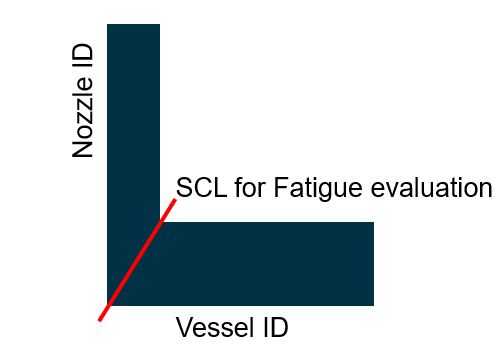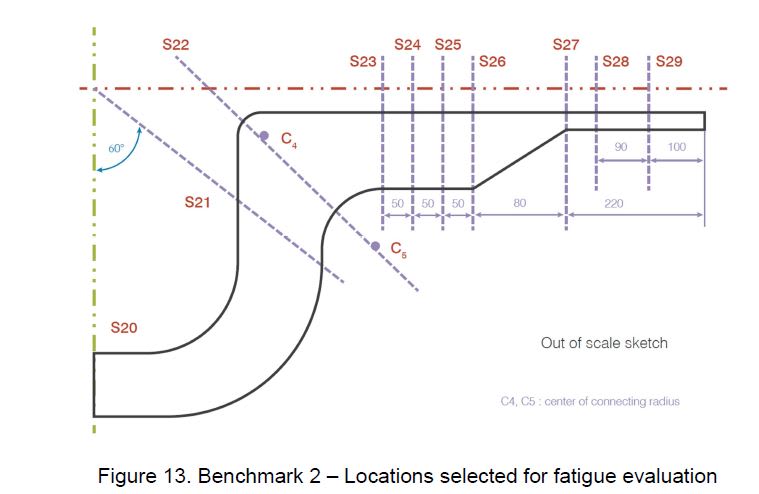Hi All,
I just received a consultant's report on a pressure vessel and for each nozzle three SCLs were examined. See attached image.
I understand the need for lines 1 and 2 but what is the point of line 3? It is not on the pressure boundary - so why examine that area?
Note that the weld at line 3 was to further project the nozzle into the vessel - for an operational reason.
I am concerned about this because the classified stresses along line 3 are quite high and are governing the life of the vessel.
Thanks,
22west.
I just received a consultant's report on a pressure vessel and for each nozzle three SCLs were examined. See attached image.
I understand the need for lines 1 and 2 but what is the point of line 3? It is not on the pressure boundary - so why examine that area?
Note that the weld at line 3 was to further project the nozzle into the vessel - for an operational reason.
I am concerned about this because the classified stresses along line 3 are quite high and are governing the life of the vessel.
Thanks,
22west.


